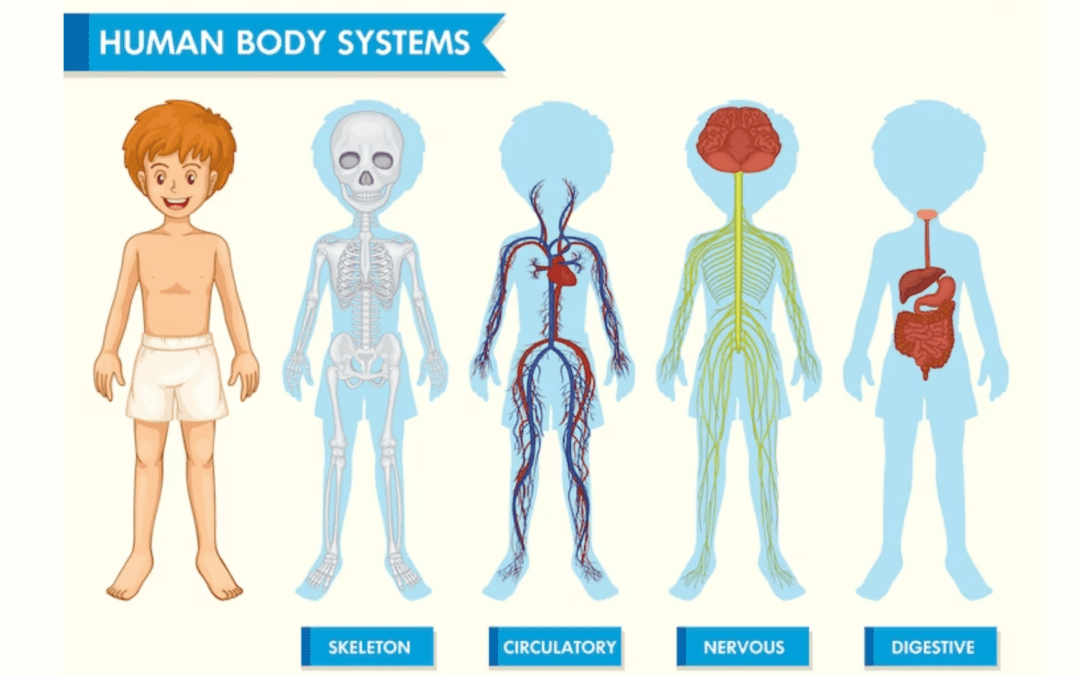Have you ever wondered how your lights turn on, or how your computer works? All of these things are made possible by electrical systems. Electrical systems are made up of different parts that work together to perform a function. By understanding how these different parts interact, we can appreciate the complexity and importance of electrical systems in our daily lives.
Essential Takeaways
- Electrical circuits are made up of wires, batteries, and components that allow electricity to flow.
- Electrical conductors allow electricity to flow easily, while insulators resist the flow of electricity.
- It’s important to follow electrical safety measures to avoid electrical hazards.
Learning Objectives
- Understand the basic principles of electrical circuits
- Identify electrical conductors and insulators
- Practice electrical safety measures
Core ideas
- An electrical system is made up of different parts, including wires, switches, and batteries. Each of these parts has its own unique function and is necessary for the system to work properly.
- The different parts of an electrical system work together to perform a specific function, such as turning on a light or powering a computer. If any one of these parts is not working correctly, the entire system may not function properly.
Points to Remember
- An electrical circuit must be complete for electricity to flow.
- Electrical conductors include metals like copper and aluminium, while insulators include materials like rubber and plastic.
- Electrical safety measures include avoiding contact with water and never touching electrical appliances with wet hands.
Key Questions
What is an electrical system?
What happens if one part of an electrical system isn’t working correctly?
Which bulb(s) will glow if switch P is closed? 
In the circuit given below, where should a switch be placed P, Q, R, S or T positions, so that it controls all the bulbs?


If switch is placed in position T, electric current to all the bulbs can be controlled.
If placed in position P, electric current will pass through bulbs C, D, E and F
If placed in position R, electric current will pass through bulbs A, B, C, E and F
If placed in position S, electric current will pass through bulbs A, B, C and D
















